- Top
- Culture
- Annual Event
- Kagamibiraki
New Year's event Kagamibiraki
Cut the New Year's rice cake!?
Kagamibiraki is one of the New Year's event on January 11st. Japanese cut of the New Year's rice cake offered on the household altar at the New Year's day. They greet and celebrate Toshigami who is a god of the New Year Shogatsu. They believe he give huge harvest and perfect health over the year to them, so they eat an offering for Toshigami to get his power.
When to start this custom is not clear, but people did Kagamibiraki at least since Muromachi period(1336-1573). They did it on January 20th in Edo period(1603-1867), but they changed the day and did it January 11th. Because Iemitsu Tokugawa who was the thrid Shogun of the Tokugawa dynasty died on April 20th of old lunar calendar.
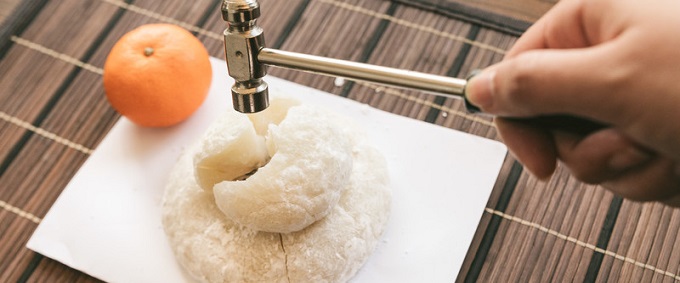
There is a certain manner to cut the Kagamimochi, that is to cut it without using knife. To aim one's knife at it is impolite since the power of Toshigami dwells it. In addition, cutting it with knife suggests Seppuku(Harakiri) which is a suicide by ritual disembowelment practiced by Japanese warrior called Samurai to avoid a disgraceful dead. Therefore, people cut or break Kagamimochi by hammer or hand.
Most Japanese eat rice cake by toating or cooking Zoni or Oshiruko. Zoni is a Japanese soup consiting rice cake, vegetables and meat flavored with soy sause, miso(soybean paste) and dashi(soup stock). Each region of Japan has its own ingredients and toasting rice cake or not. In addition, it is different from something according to the household in same region.
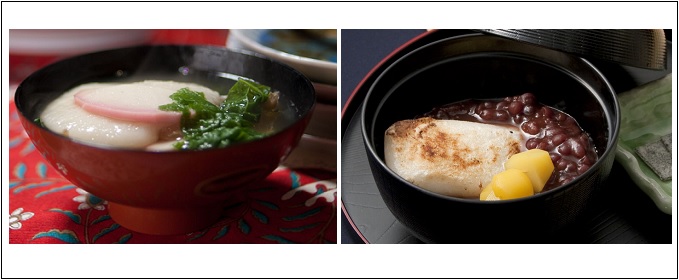
Oshiruko is a Japanese soup consiting azuki beans and rice cake or rice-flour dumplings flavored with sugar. In the west of Japan including Kyoto and Osaka, the dish which has strained soup is called Oshiruko, the dish which remains azuki benns in the soup is called Zenzai.
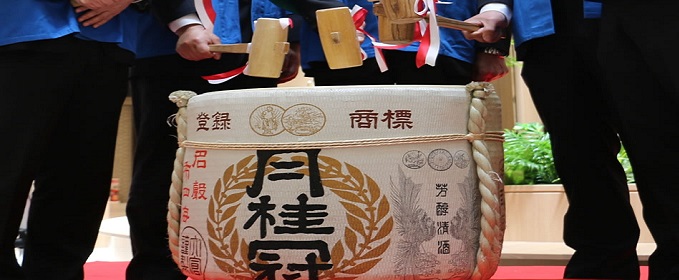
By the way, there is another Kagamibiraki which is one of the customs of ceremony. It is that people break and tap cask of sake(alcholic drink) by wooden hammer in a traditional party or ceremony. They drink casked sake with cerebraing something or praying for good future. The origin of it is that liquor-store owners calls a lid of sake cask "Kagami" because of its shape. "Kagami" means a mirror, and "biraki" means opening in Japanese.
You cannot probably experience Kagamibiraki if you travel Japan on January 11th. It might to be good idea to imagine it through eating Zoni or Oshiruko. Some Japanese restaurants serve Zoni in January, tea stall serve Oshiruko in winter.
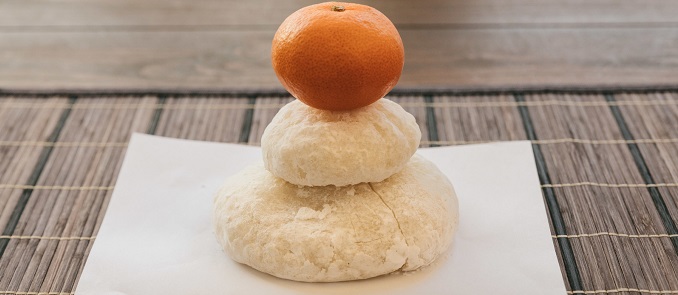
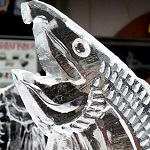 Snow festival
Snow festival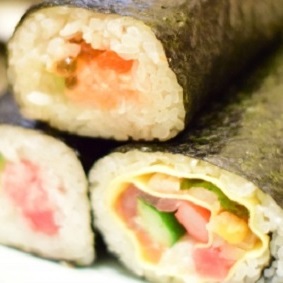 Setsubun
Setsubun Valentine's Day
Valentine's Day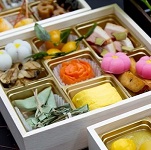 Osechi ryori
Osechi ryori